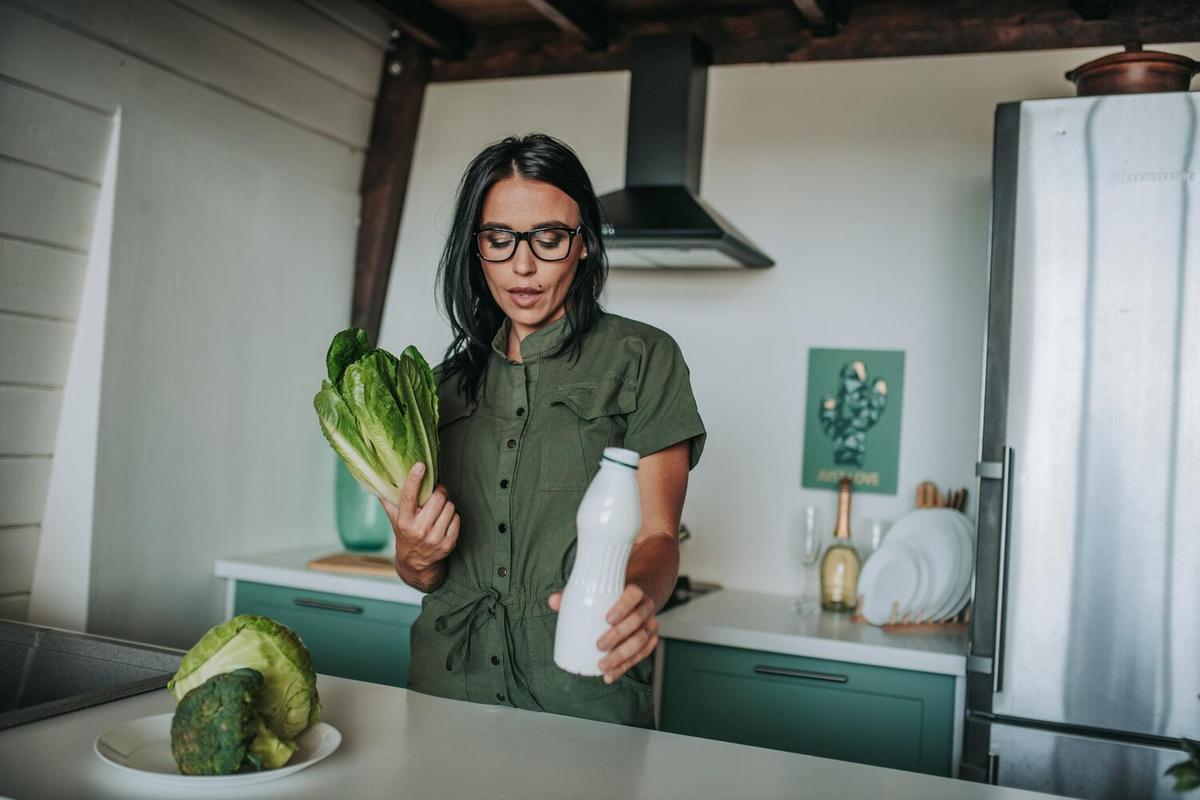
How to Create a Zero Waste Kitchen
Transforming your kitchen into a zero waste haven is not only an admirable goal but a practical step towards sustainable living. By rethinking how we consume and dispose of everyday kitchen items, we can significantly reduce our environmental footprint.
Creating a zero waste kitchen involves a multifaceted approach that includes reducing waste, reusing materials, and recycling responsibly. According to a study by the Environmental Protection Agency, food waste accounts for over 20% of what ends up in landfills, making our kitchens a critical area to target for waste reduction.
Understanding Zero Waste
Zero waste is a philosophy that encourages the redesign of resource life cycles so that all products are reused. The goal is to avoid sending waste to landfills, incinerators, or the ocean. Bea Johnson, a well-regarded advocate for the zero waste movement, emphasizes the importance of reducing consumption and finding alternatives to disposable products.
Step-by-Step Guide to a Zero Waste Kitchen
1. Conduct a Waste Audit
Start by analyzing your current waste habits. Keep track of what you throw away for a week to identify the main sources of waste in your kitchen.
2. Switch to Reusable Products
Swap disposable items for reusable alternatives. Consider cloth napkins, glass storage containers, and metal or bamboo utensils.
3. Compost Food Scraps
Set up a composting system to turn kitchen waste into nutrient-rich soil. This not only reduces landfill waste but also enriches your garden.
4. Buy in Bulk
Purchase food items in bulk to minimize packaging waste. Bring your own containers to the store to avoid plastic bags and wrappers.
Personal Experience
Jessica, a passionate home cook, shares her journey: “Transitioning to a zero waste kitchen was daunting at first, but breaking it down into manageable steps made the process rewarding. Now, I feel more connected to the food I eat and the impact I have on the planet.”
Table: Zero Waste Alternatives
| Disposable Item | Zero Waste Alternative |
|---|---|
| Plastic Wrap | Beeswax Wrap |
| Paper Towels | Cloth Towels |
| Plastic Bags | Reusable Cloth Bags |
| Disposable Utensils | Metal or Bamboo Utensils |
| Single-use Coffee Pods | Reusable Coffee Filters |
| Plastic Bottles | Glass or Stainless Steel Bottles |
| Disposable Plates | Ceramic or Stainless Steel Plates |
| Plastic Straws | Metal or Silicone Straws |
Frequently Asked Questions
How can I start composting at home?
Begin with a small compost bin in your kitchen. Add vegetable scraps, coffee grounds, and eggshells, and transfer them to an outdoor compost pile or bin regularly.
What are some budget-friendly zero waste options?
Reuse glass jars for storage, shop second-hand for kitchen tools, and make your own cleaning supplies using vinegar and baking soda.
Conclusion
Adopting a zero waste kitchen may take time and effort, but the environmental benefits are profound. By making small, consistent changes, we can collectively reduce our impact on the planet. Start today and inspire others to join you on the journey to sustainability.